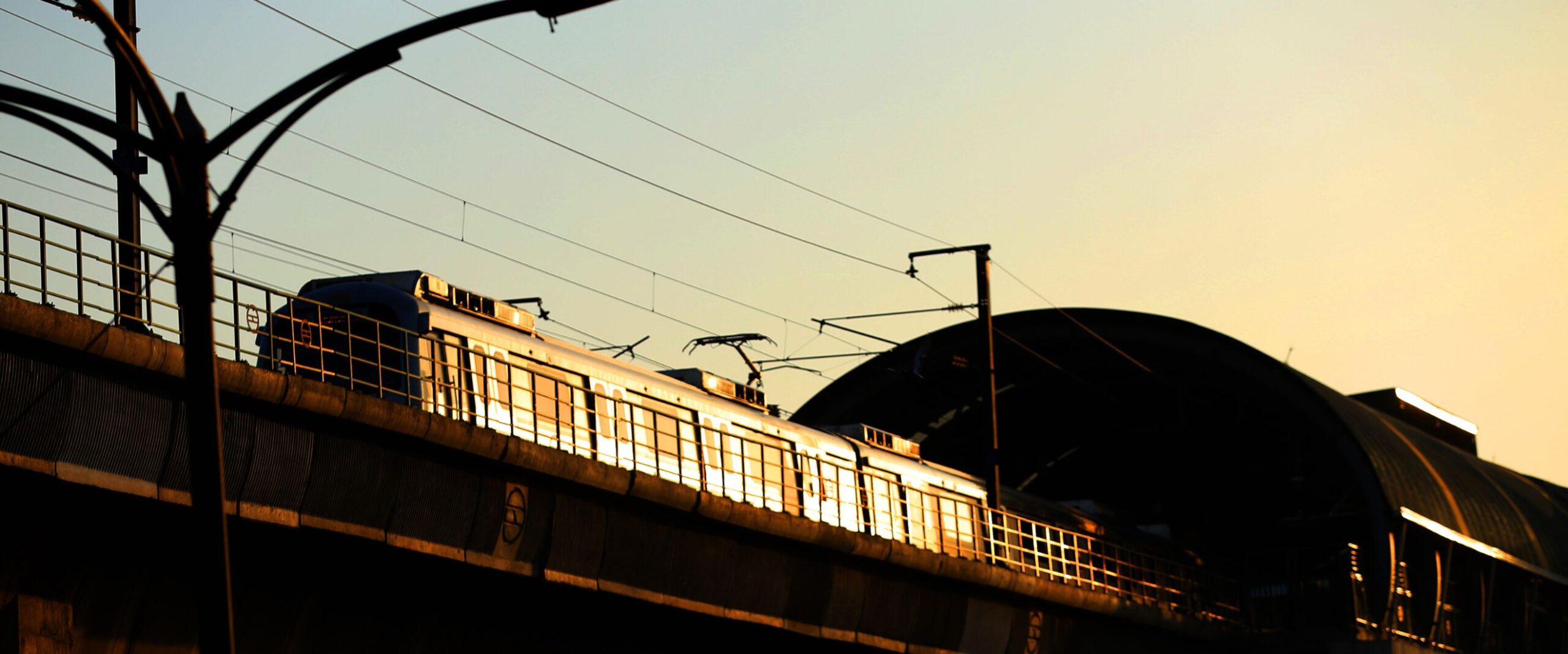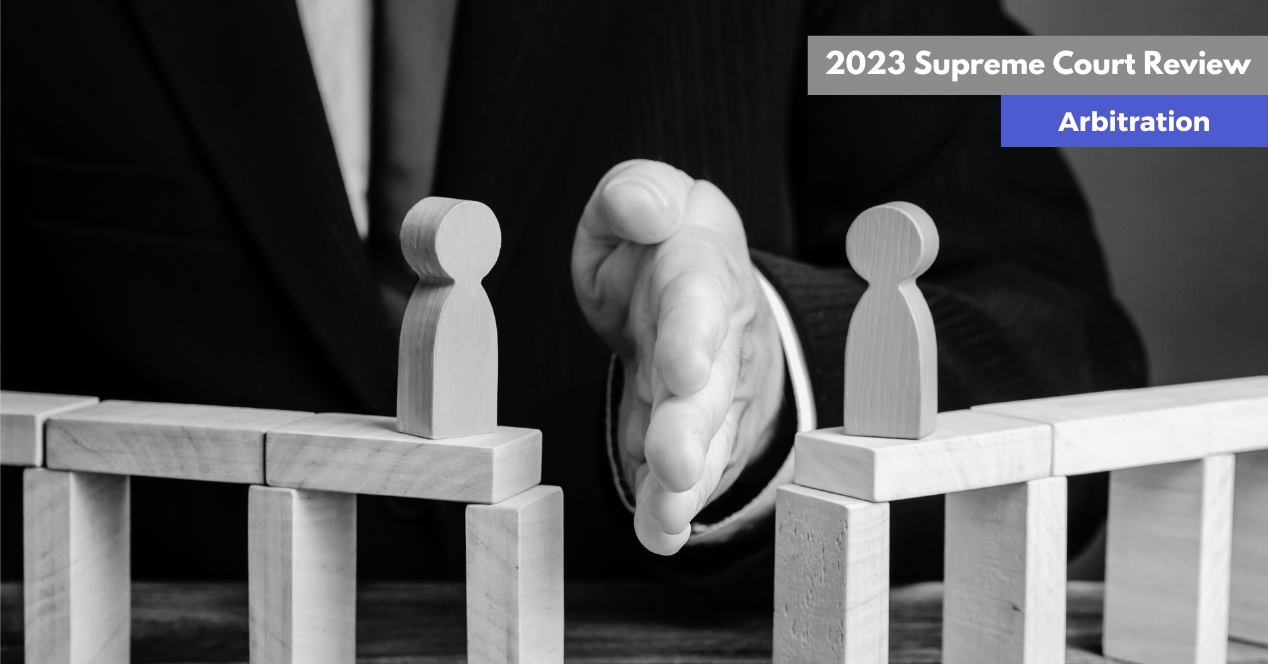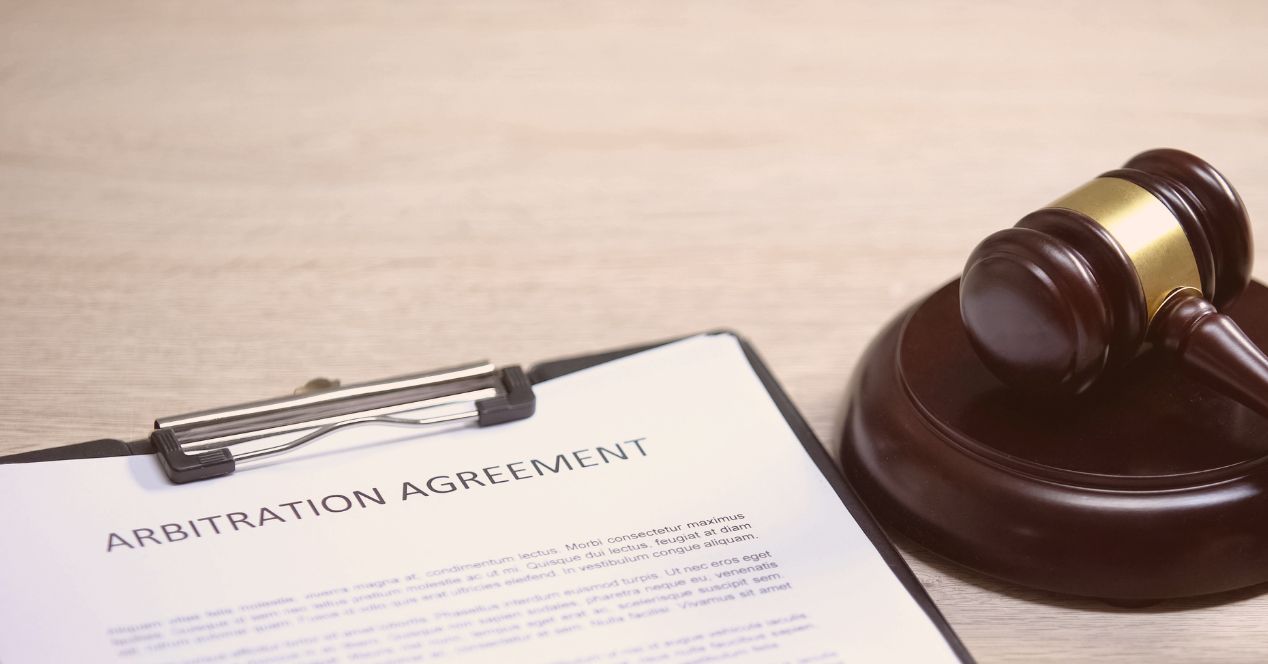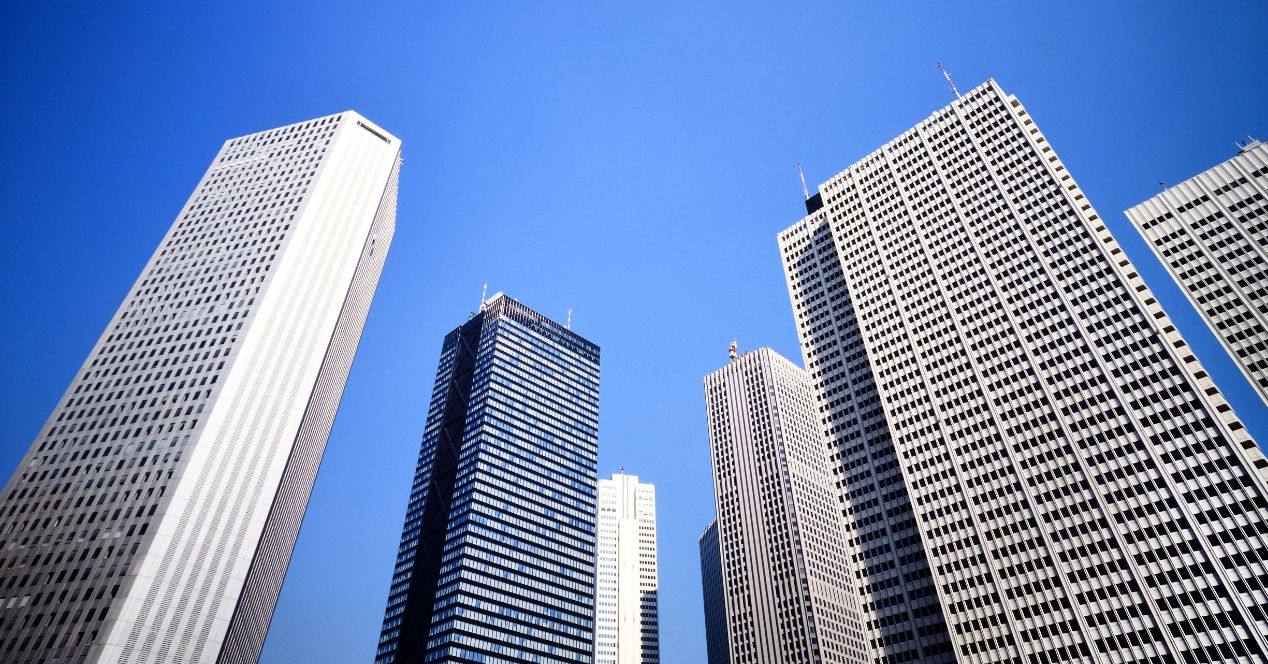Analysis
A cure without a disease: The Delhi Metro Rail Case
One unnecessary advance for curative petitions, two steps backward for arbitration

It’s not every day that a judgement leaves commercial litigators and constitutional lawyers alike scratching their heads. The Supreme Court’s decision in Delhi Metro Rail Corporation Ltd. v Delhi Airport Metro Express Pvt. Ltd. (“DMRC”) is particularly baffling for those of us who straddle both fields, because of the way it unsettles the law of arbitration and the exercise of jurisdiction in the extraordinary remedy of a curative petition.
The Supreme Court has entertained curative petitions in the area of commercial law in the past. This was the case in the curative petition in M/s Bhaskar Raju & Bros. v. M/s. Dharmaratnakara Rai Bahadur where the decision in NN Global-II was referred to a larger bench. However, while the curative petition and consequent reference of NN Global-II concerned the universal legal question of whether unstamped arbitration agreements were valid and enforceable, the Supreme Court has in DMRC—for the first time—considered the merits of a commercial dispute in a curative petition.
The factual matrix
The dispute in DMRC had a chequered history. The Delhi Metro Rail Corporation (a public utility, “the Corporation”) proposed to implement an express metro line to Delhi’s international airport through a public-private partnership by engaging a concessionaire, namely the Delhi Airport Metro Express Pvt. Ltd. (“the Concessionaire”).
Under the Concession Agreement, the Corporation was to undertake design and construction of civil structures for the metro project. The Concessionaire’s role involved financing, design, procurement and installation of all systems. After delays and extensions, safety clearances were sought from the Commissioner of Metro Railway Safety (“CMRS”) and commercial operations commenced. The CMRS granted a safety certificate but it was caveated and imposed conditions, including the reduction of speed and mandatory requirements for periodical inspection.
After commencement of operations but before expiry of the defect liability period, the Concessionaire requested a joint inspection of the viaduct and its bearing—some complaints were made as to their design and quality. When defects were found (and admitted to by the Corporation), the Concessionaire was advised to impose speed restrictions in the interests of safety.
A Joint Inspection Committee was formed after a stakeholders’ meeting convened by the Ministry of Urban Development and an interim report was submitted. The Concessionaire ceased operations and issued a notice to the Corporation to cure defects within a period of 90 days. Shortly after the expiry of this period, the Concessionaire issued a termination notice. The Corporation invoked arbitration.
The Tribunal’s Award
The Arbitral Tribunal comprised three engineers, as contractually stipulated. The principal question was the validity of the termination notice, and whether the Corporation had either “cured or taken effective steps for curing” the breaches complained of. An issue was also framed around the CMRS certificate and its implications. The Tribunal held in favour of the Concessionaire and awarded it approximately Rs. 7,500 crores.
The two benches in the High Court
The Award was challenged under Section 34 of the Arbitration and Conciliation Act, 1996. A Single Judge of the Delhi High Court upheld the Award, finding that the Tribunal had considered each of the defects complained of, analysed the evidence (including from experts) and arrived at a plausible conclusion.
The judgement in the Section 34 extracts large parts of the Award where the Tribunal arrives, expressly, at the finding that the Corporation was in breach of the Concession Agreement and that no effective steps were taken during the cure period. As many as eight sections extracted from the Award showed that the Tribunal had categorically found that defects were neither cured nor were effective steps taken—the findings were disjunctive and it was apparent that the Tribunal was alive to the distinction between a “cure” and “effective steps to cure.”
The Tribunal also found that the CMRS certificate imposed a restriction of 50kmph to begin with, and contemplated a gradual increase of speed by 10kmph depending on improvements; it held that the subsequent operation of the metro line by the Corporation was not relevant for the determination of issues before the Tribunal.
The Single Judge endorsed this view, finding that the CMRS certificate showed repairs were not completely effected and that one “must keep in mind the basic object of the project…a high speed connectivity to the airport. Clearly the repairs…did not satisfy even the CMRS that a high-speed connectivity could be established.” The judgement under Section 34 was then assailed in a Section 37 proceeding.
The Division Bench in the Section 37 found that the Tribunal had not properly appreciated the significance of the CMRS certificate and that its issuance showed that defects were duly cured. It partially allowed the appeal, granting parties the liberty to seek a fresh adjudication. The Concessionaire then moved the Supreme Court in an SLP under Article 136 of the Constitution.
Three rounds in the Supreme Court
The Supreme Court held that the Tribunal’s finding on breach and, consequently, the validity of the termination could not be dislodged, given the well-settled law that only perversity or patent illegality (as elaborated in Associate Builders v. DDA and Ssangyong, where an arbitrator adopts a view that no reasonable person could take) would warrant interference. Significantly, the Supreme Court found that even the Corporation did not contend that the CMRS certificate was binding and conclusive of the defects being cured or effective steps taken.
A Review Petition was then filed. It was dismissed in a one-line order. So far so good.
The Corporation then filed a curative petition. The Supreme Court allowed the Corporation to agitate its case again, in what was effectively round three in the same court. In its judgement, the Court held that the Tribunal did not draw a distinction between “curing” defects and “taking effective steps to cure” defects, and that the Award failed to explain what amounts to an “effective step” and how the steps taken by the Corporation were not effective.
The second ground on which the Court overturned the Award was that the CMRS certificate constituted vital evidence and ought to have been considered in tandem with the “effective steps” requirement of the termination clause.
This conclusion ignores the clear findings of the Award (that do distinguish between the two phrases, as explained above) and insists that an arbitral finding be rendered not just painstakingly but in a pedantic fashion. In sum, it is not sufficient for an arbitrator to arrive at a conclusion after appreciating evidence—the arbitrator must also elaborate their conclusions so as to make express what may be implicit in their findings. The Court’s emphasis on the CMRS certificate ignores its own finding in the SLP that the Corporation did not contend before the Tribunal that the certificate was conclusive.
The fallout
This has implications for all future analyses of awards under challenge, but has more serious ramifications for tribunals of non-legal professionals, such as engineers, who are not well-versed with the increasingly unstable jurisprudence in the law of arbitration.
In cases such as DMRC, a detailed consideration of technical evidentiary material is often paramount and is not something that legal professionals can adequately assess. But DMRC’s insistence on a certain kind of reasoning makes it difficult for awards rendered by subject-matter experts to sustain a challenge.
The Supreme Court concluded that its judgement in SLP has “resulted in a miscarriage of justice.” Though the Court didn’t say it in those many words, it effectively endorsed the argument by the Corporation’s counsel that “miscarriage of justice in terms of Rupa Hurra…is linked with patent illegality.” Patent illegality was itself never an objective standard, and throwing the phrase “miscarriage of justice” into the mix renders an already nebulous parameter even more nebulous.
But let us assume for a moment that the Supreme Court’s conclusion is correct and without difficulties. Even so, is it permissible for the Supreme Court to “cure” a matter that has passed muster at two stages before it? In what sorts of cases should this power be exercised? And, in the absence of any cogent standards, what prevents one curative petition from following another? What happens, in short, to the doctrine of finality?
The all-too-wide ‘curative’
The curative petition as a jurisdictional artefact came out of the Supreme Court’s decision in Rupa Ashok Hurra where the Court (speaking through Justice Quadri) found that an opportunity may be provided to an aggrieved party to invoke the inherent powers of the Court in cases of gross abuse of the process or gross miscarriage of justice. What constitutes abuse of the process or miscarriage of justice was never enunciated, on the ground that “it is neither advisable nor possible to enumerate all the grounds on which such a petition may be entertained.”
The concurring opinion by Justice Banerjee provides three indicia to inform the court’s decision in a curative petition: (i) contravention of natural justice, (ii) absence of jurisdiction and (iii) the failure of a judge to disclose his connection with the subject matter or the parties, leading to an apprehension of bias. DMRC refers to these but ignores them. The circumstances in which curative powers are exercised need not be accurately fixed, but they must be matters of significant import that conform with these broad grounds. Additionally, “manifest injustice”, a phrase used by the Court in DMRC, adds a wholly undefined (and subjective) parameter into the category of matters as fundamental (and objective) as natural justice and bias.
Curiously, while curative petitions are said to be linked to the Supreme Court’s inherent jurisdiction, Article 142 only provides that the Court may “make such an order as is necessary for doing complete justice in any cause or matter pending before it.” A curative petition is one that reagitates a cause that has already concluded and is, in essence, a do-over. It is a remedy untethered to the law.
Recourse to this jurisdiction in DMRC may well be the case that pushes future benches of the Supreme Court to reconsider (and even recall) the faulty jurisprudence of curative petitions. DMRC may well be the Redwood that breaks the camel’s back.
Gulnar A. Mistry is a litigator practising at the Bombay High Court.




